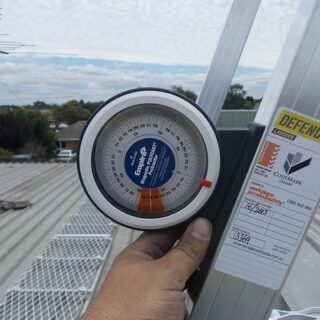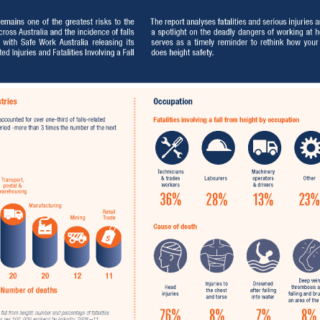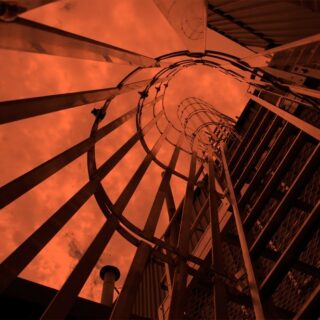Are you sure your anchor points and static lines are safe?
While it may be one of the smallest height safety systems, anchor and static lines can pose the biggest amount of risk. And the risk can start long before your technician puts on a harness.
Sadly many anchor points can be non-compliant from the moment they are installed. With so many systems on the market, some inspectors may not be across specific requirements or spot a potential risk caused by incorrect installation. This poses danger to users and your business for being non-compliant.
With specialists in anchor and static line systems, you can be confident our inspection services will help you uncover any potential dangers and ensure your anchor points and static lines are compliant.
Read More
Working on roofs can be a dangerous business and, without proper protection, can result in falls that cause serious injury or death. As a business owner or employer, you are legally obliged to provide the necessary protection so that accidents don’t occur.
Static Line Fall Prevention for Safe Working on Roofs
One solution is to install handrails around the perimeter of the roof although these are not always practical depending on the type and characteristics of the roof. A better and less obtrusive option is often to install static lines with anchor points so that workers can move safely around the roof, including at its edges, when undertaking maintenance or other tasks.
The Importance of Good Static Line Anchor Testing Point Design
The effectiveness of any static anchor testing line safety system is dependent on the quality of the components and them being installed correctly. Crucial to this is the siting and installation of the system’s anchor points, which have to take the weight should a fall occur.
Two types of anchor points are available and these have different purposes:
- fall arrest anchor points that will arrest a worker’s descent should they fall from the roof
- rope access anchor points that are used for abseil access.
These types have varying load capacities and we can advise on the most suitable for your purposes. It’s important that there is proper anchor testing and anchor certification to ensure they will do the job for which they are intended. Anchor points can be attached to all kinds of roofs, whether bolted to timber trusses or concrete, riveted to steel purlins or surface mounted on metal roofs. All fixing methods are completely secure and will not adversely affect the thermal insulation or weather protection of the roof.
For safely moving around a roof, horizontal static lines anchor points can be attached between the anchor points. Workers can be securely attached to these lines and are able to move freely without needing to unclip and re-clip at each anchor point. We also offer a range of roof walkways and roof access systems.
Staying Safe with Regular Roof Anchor Inspection
All our roof anchor and static line anchor point design systems are completely bespoke and are designed to fit specific roofs and individual working arrangements. Consequently, we’ll always start with a consultation and survey so we can be sure the system meets your needs exactly.
Every roof anchor is manufactured to meet the AS 5532 standard and is installed in accordance with AS 1891 by our skilled and experienced technicians. We can also supply all the necessary PPE for working at heights and provide full training in the use of the equipment. That means you can be assured that your employees will be able to work safely at heights right from the start.
To comply with regulations and ensure everything continues to perform effectively, we’ll carry out a regular anchor inspection and check all other safety equipment. This includes a re-tensioning of cables, which is required every twelve months in Victoria and six-monthly everywhere else in Australia.
Our whole service is reliable, efficient and carried out quickly and cost-effectively. Using it, you’ll remain fully compliant and will avoid nasty accidents.
Read Less
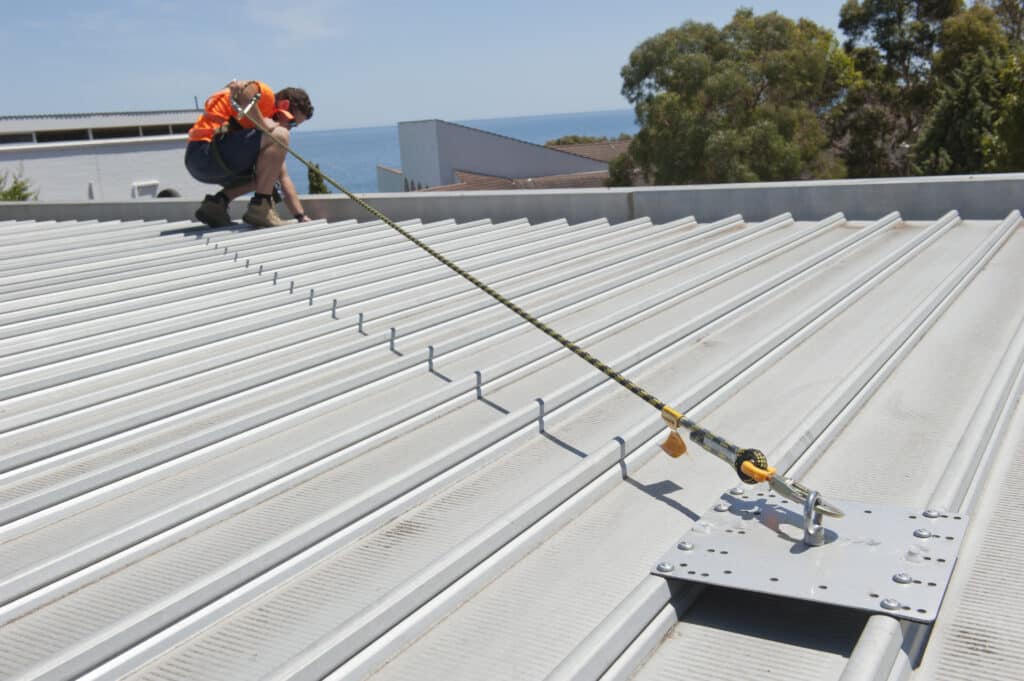
How do you know if your anchor point system has been installed correctly?
Every anchor system has recommended installation requirements set by its manufacturer. This could be a specific number of rivets required or what structure anchors need to be installed into. Missing one of these recommendations could cause serious harm, such as the anchor point giving way if it’s installed into roof sheeting instead of the roof structure.
As a building owner or facilities manager, you don’t need to be across the ins and outs. Our expert team can advise if a height safety system has been incorrectly installed. Spotting the danger before it’s too late.
Our inspection process
Our 6-step inspection and recertification process has been built upon 45 years’ of practical experience in the industry. To ensure our inspection services are the highest quality possible – and meets the latest industry standards and government legislation – our height safety specialist team regularly reviews and refines our inspection service.
To avoid mismatched inspection and maintenance schedules, we recommend your anchors and static lines are inspected as part of a full site inspection. This not only simplifies preventative maintenance schedules, it will be a more cost-effective outcome for your business.
Our 6-step inspection process
This process is used for all our height safety and fall prevention inspections, including inspections for anchor and static line height safety systems and equipment.

1. Discovery and preparation
To ensure we’re across your equipment, we’ll review any prior reports, documents and manuals, and asset registers you have on record. This helps us accurately outline the services (and experts) you need for your inspection. Working with your team, we’ll book in an inspection time that works best for you as well as provide any pre-inspection actions you need to complete prior to your booking time.

2. On-site inspection
Our certified team of experts will arrive on site and begin your inspection. For anchor and static line inspections, this includes assessing and testing all anchor points as well as associated safety equipment. We’ll inspect and test all equipment identified for inspection, QR code and date tag each item with a corresponding roof layout plan.Being NATA certified, our experts are licensed to perform on-site load testing on your equipment. We’ll also ‘tag out’ hazardous or high-risk items that present immediate danger and notify any relevant stakeholders onsite. Our time onsite is minimised by the use of our purpose built inspections app.

3. Expert walk-through
We walk your team (or building key contact) through the site and discuss inspection outcomes, any high-risk items to be addressed, and next steps. We find this face-to-face approach allows our team to provide immediate feedback and give background to the inspection process, and allows you to ask questions directly. This keeps you across all aspects of your inspection and potential actions that may be required.

4. Inspection analysis
Once the inspection is complete, our team collates all their findings and recommendations into a detailed inspection report. The report provides analysis on all your height safety equipment and systems inspected, detailed next steps and any actions you need to take to be compliant. All our reports are peer reviewed by another certified expert in our team as well as signed by our NATA signatory before they are provided to you.

5. Inspection report & documentation
Your approved inspection report roof layout plans and other documentation will be uploaded into our client portal for easy access. To make accessing test records and certifications easier, the portal contains all assets tested and tagged (including their corresponding QR codes). As well as final inspection outcomes, your report will include recommendations and unique action plans to address compliance concerns.

6. Check-in and reminders
Keeping up to date with what needs to be inspected and when can be a challenge. That’s why our client system will provide automated reminders for the next 5 years, ensuring you know exactly when your equipment is due for an inspection, replacement or scheduled maintenance. These reminders are aligned with industry standards and Australian regulations to help you stay compliant, easily.
Roof Layout Plan
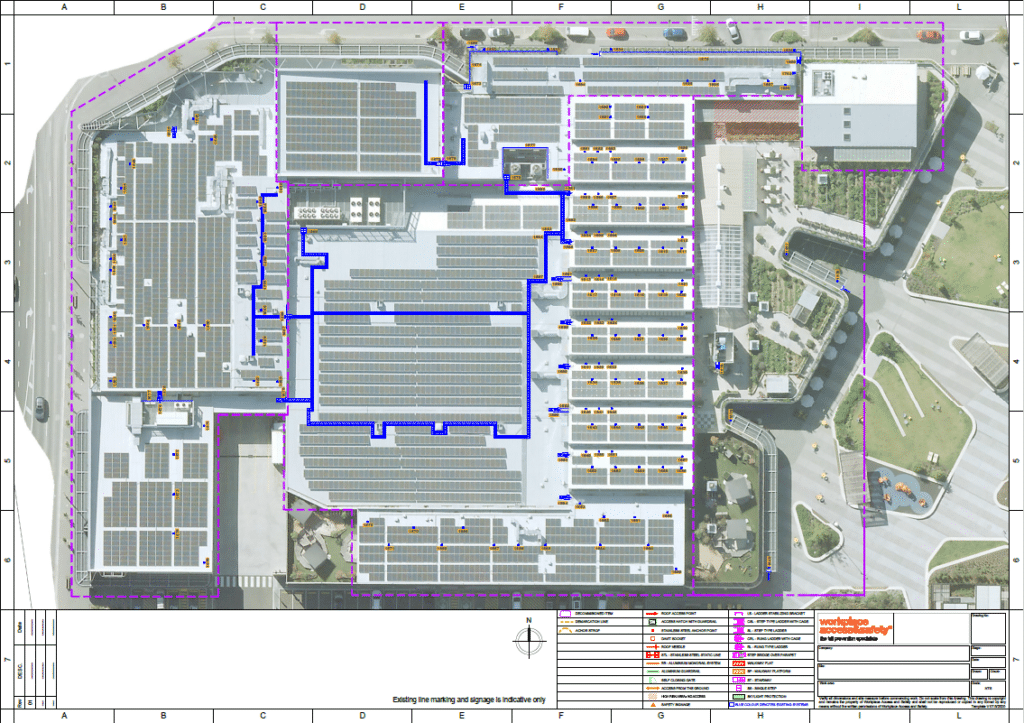
Our roof layout plans are layered over satellite images with all equipment clearly marked out.
User Manuals

We compile and include all user manuals in the report to ensure correct installation, maintenance and use.
Defect Reports
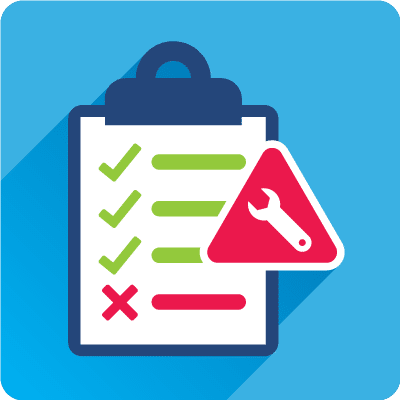
Easily accessible reports to tell you what needs to be done in order to maintain your compliance.
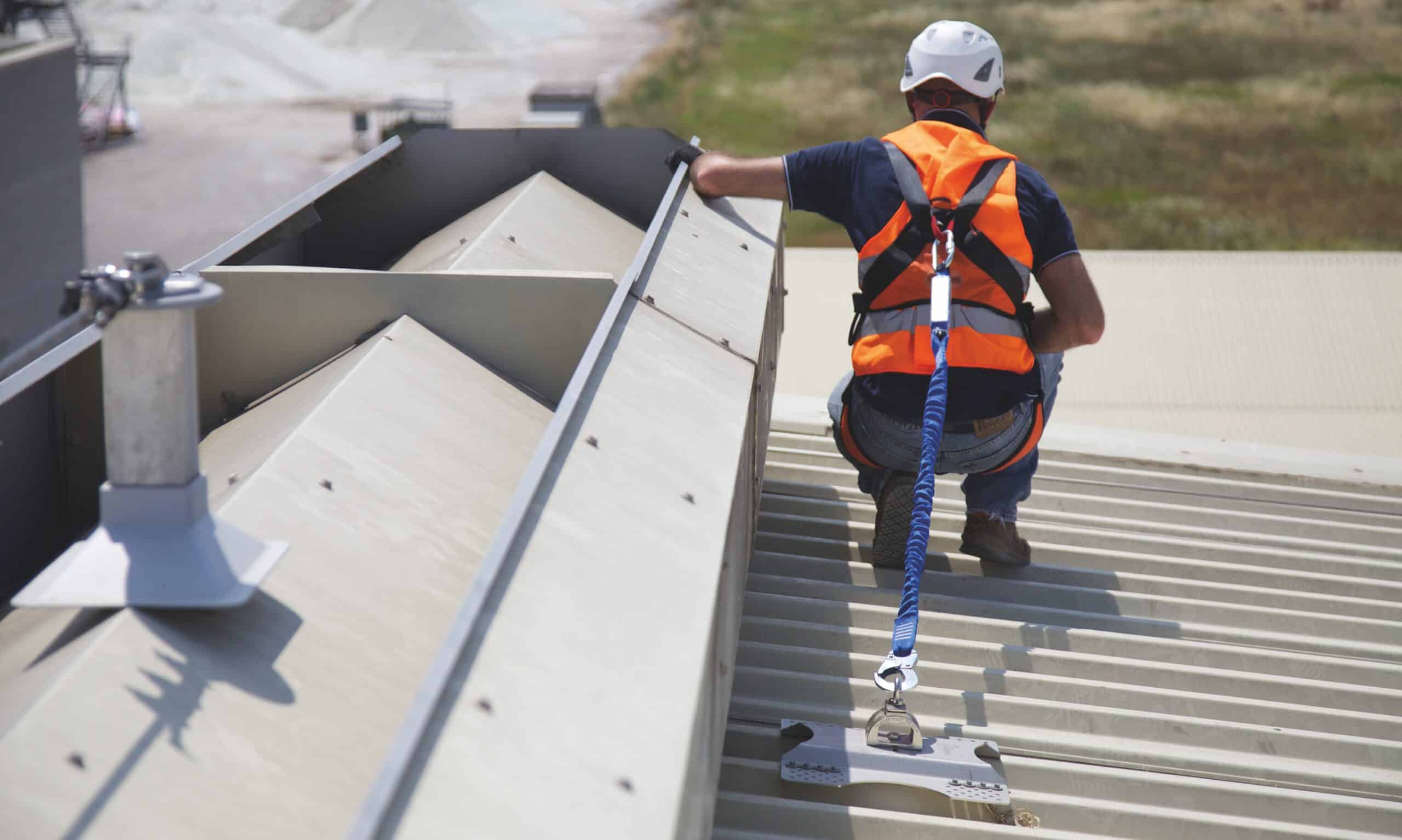
Not sure what inspections you need?
Our certified specialists can advise of any inspection and equipment recertification requirements you need.
Book a call with your local height safety specialist to discuss your inspection requirements.
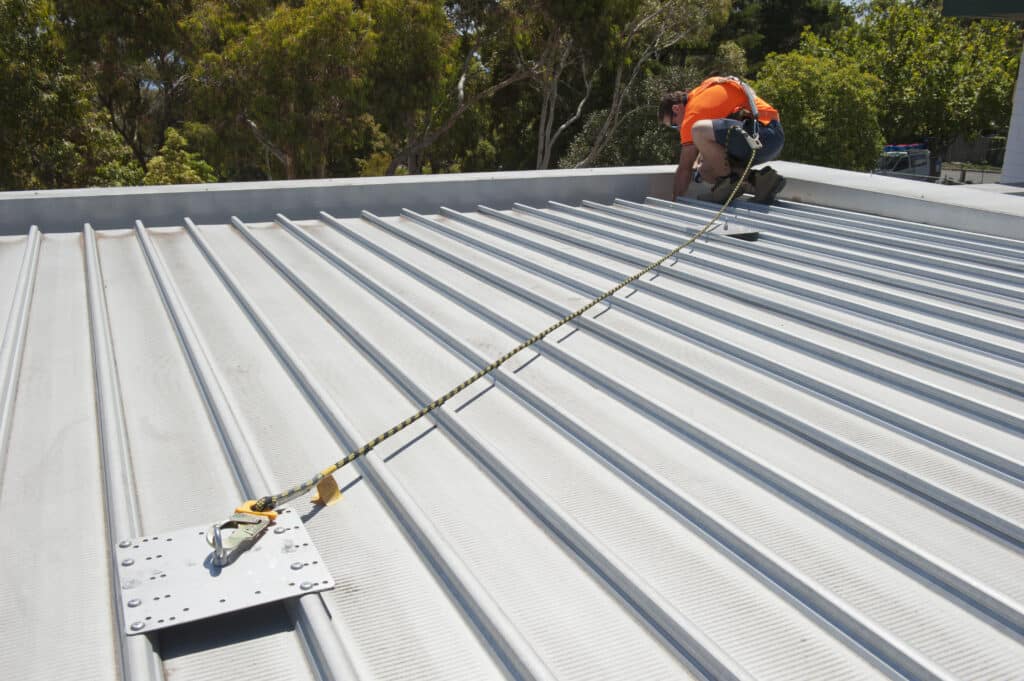
How do you ensure on-going anchor testing point safety and compliance?
The safety of your anchor or static line height safety system involves more than ensuring your anchor points are compliant. The workers using the equipment need to be certified and trained, the right personal protection equipment used as well as applied in the correct way.
It’s your responsibility to ensure on-going compliance for your building. But you’re not alone. Our team can guide you through the details, providing expert advice on compliance, recertification and inspection requirements. We can also assist with digitalising your asset management registry.
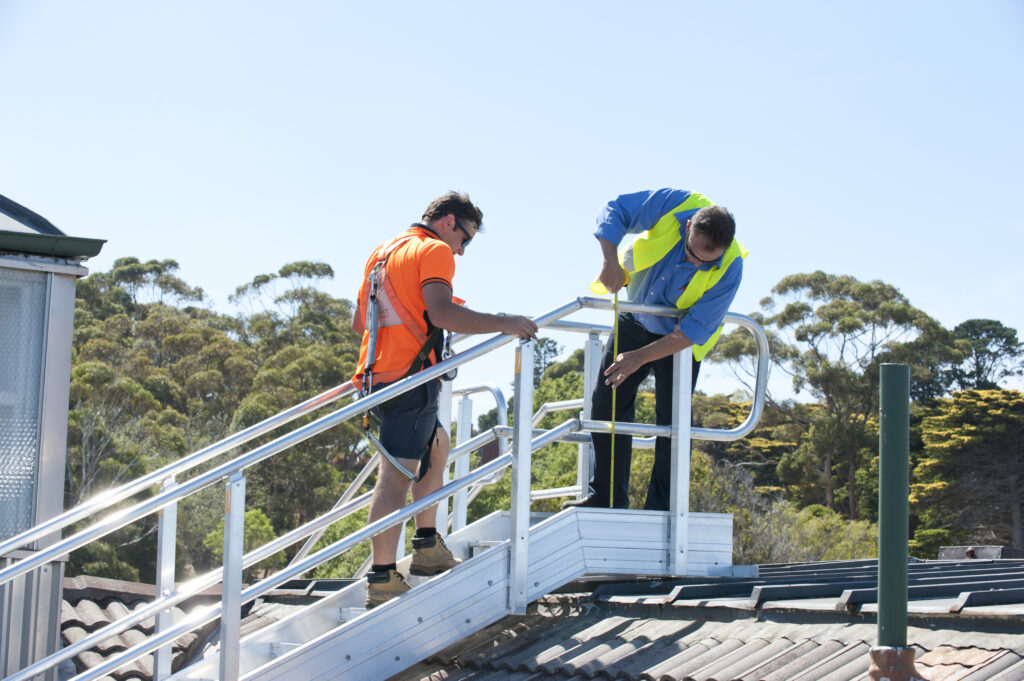
Workplace Access and Safety:
Your height safety and fall prevention experts
Independent height safety experts
- Independent height safety experts
- 45 years’ industry experience
- National certified specialists, inspectors and engineers
- Height safety advice, risk assessments and consulting
Combining years of practical experience and industry expertise, you can be confident in the compliance and safety of your system.
From site assessments and system design to testing, inspections and certifications, we’re here to provide expert advice to keep your business protected and workplace safe.
Level up your compliance
Expert tips, tricks and advice from our height safety experts, straight to you.






